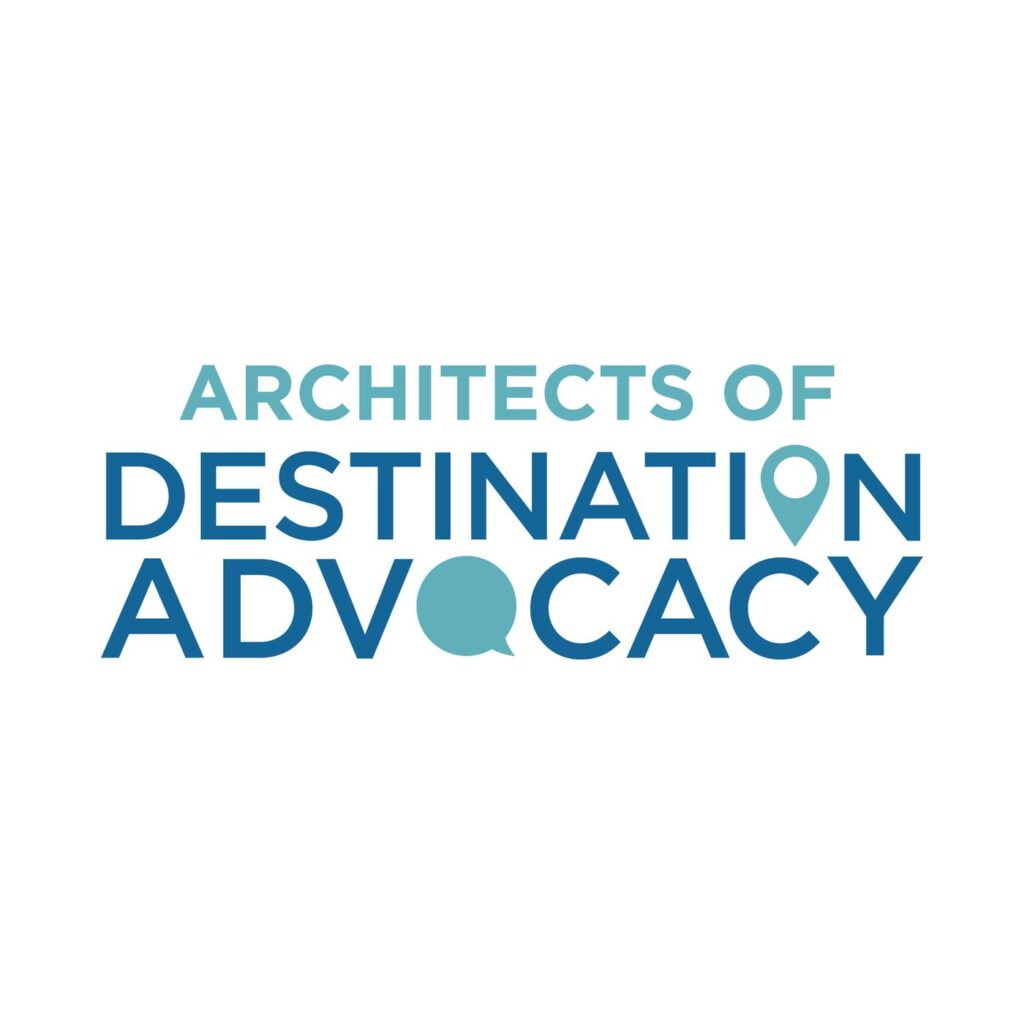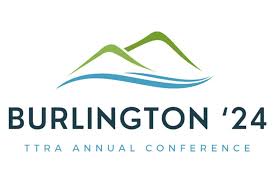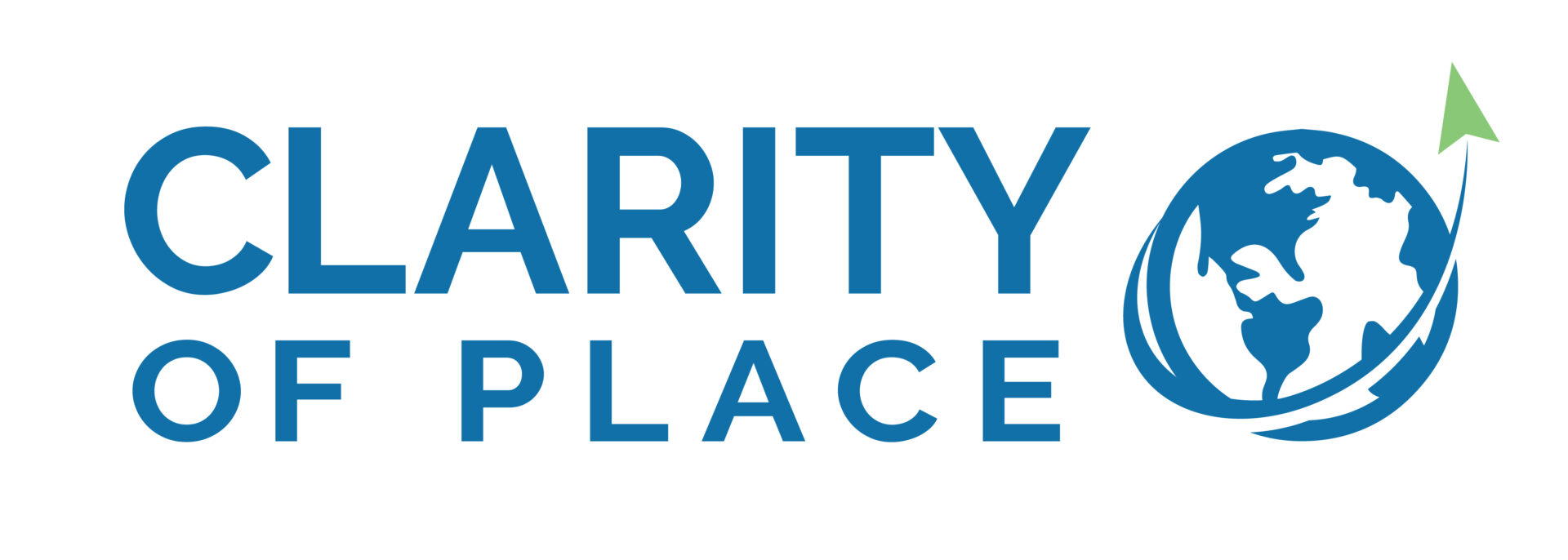While community alignment might sound like a nice-to-have, it is actually a strong strategy for demonstrating the value of tourism in your organization–and your destination management organization (DMO).
Community alignment happens when tourism’s direction aligns with its community’s overarching goals, wants, and needs for developing and nurturing its “place.” Community alignment means generating enough visitor activity to support tourism-related businesses, while maintaining community character and resident quality of life and giving visitors a quality experience. Learn more about community alignment.
Community alignment is an important investment, because it helps ensure the visitor economy contributes positively to your community—and keeps key stakeholders on board.

Demonstrating Relevancy
Your DMO can bring about this alignment by pursuing the following approaches.
1. Understand your community’s needs and desires.
Engaging with your community is essential, because ultimately your destination exists to help your community. Asking the following questions can help you to generate economic activity and promote the community’s brand. Ask questions like these.
- What kind of support do your tourism stakeholders need from you to help their businesses thrive?
- What vision do elected officials have for your community? What are the challenges and opportunities that tourism brings to your community?
- Do your residents welcome visitors, or do they feel crowded out or priced out? Is tourism affecting your area’s natural assets?
The answers will enable you to be in sync with your community’s priorities.
2. Find and interpret all available tourism-related data.
Once you have a sense of key issues, conduct research to confirm or challenge assumptions. Do you know who is coming to your destination and how their behaviors affect your community? Visitors’ activities and spending habits, the length of their stays, and the respect with which they treat your community members and natural assets all affect local sentiment toward tourism.
Understanding what the research is telling you is essential. For example, geolocation data from mobile devices can show distances traveled and where people spend time once they arrive in your community. This data might reveal that daytrippers from a nearby city are a primary source of overcrowding.
Other key types of data include the following:
- Survey data that tells about the profile of the visitor and resident sentiment towards tourism.
- Market data that tells how tourism “fits” into the local economy.
- Comparative data that tells challenges facing similar and competitive destinations.
You can then effectively adjust your strategy, to market more heavily to areas that are farther away and to only encourage daytrippers to visit in the off season.
PlaceBalance, a tool that turns data into local insights and is available only from Clarity of Place, can help you find and draw invaluable conclusions from your destination’s data.
3. Keep communications lines open.
Develop ongoing relationships with your tourism stakeholders, residents, and elected officials, and connect regularly. Social media, an enews, media opportunities, and frequent meetings are just a few ways to stay engaged. Advocate for the value that tourism brings to your local economy. At the same time, communicate your strategies to the community—and welcome feedback—to set expectations and align your organization with community goals.
Community Alignment: A Good Investment
As communities nationwide continue to feel the crunch of funding restrictions from governments, understanding community alignment and being able to share the value that tourism brings are worthwhile investments.
The PlaceBalance tool from Clarity of Place brings together data and expert advice to guide DMOs. It can help you to tap relevant data, visualize results, show tourism’s role in your community, and set priorities for your DMO.
As you go into your annual budgeting process, think about these investments and how you can keep your organization in step with the priorities that matter in your destination. To learn more, please contact us.
Interested in even more perspectives on community alignment?
Tune into Destinations International’s Architects of Destination Advocacy Podcast
For more on community alignment, listen to the latest Destinations International podcast, Architects of Destination Advocacy. In “A Catalyst for Community Vitality, Part 1,” Clarity of Place Principal Tina Valdecanas joins Jayne DeLuce, President & CEO of Experience Champaign-Urbana, and Andreas Weissenborn, Vice President of Research and Advocacy at Destinations International. Together, they explain how this brilliant Midwest destination is successfully connecting to various communities.
Learn from Us in a Session at the TTRA Annual International Conference
To learn more about finding and using key destination data, join Clarity of Place and Longwoods International at the TTRA Annual International Conference, June 11-13, 2024, in Burlington, Vermont.







